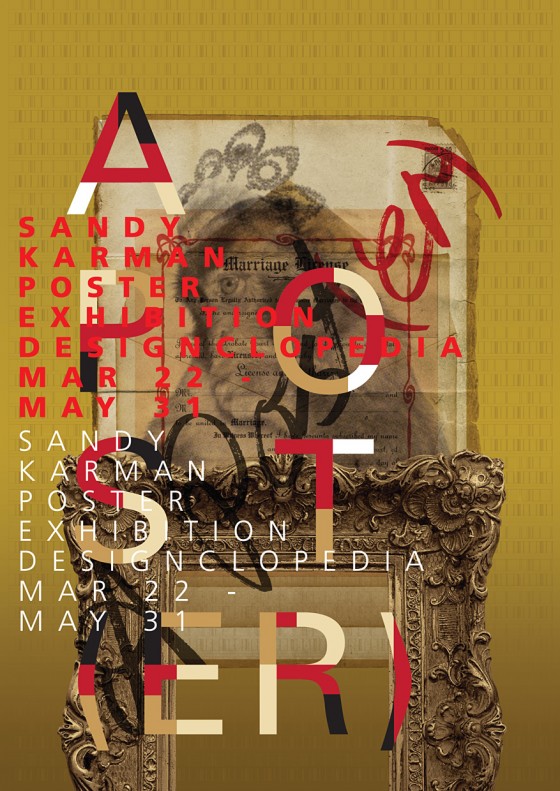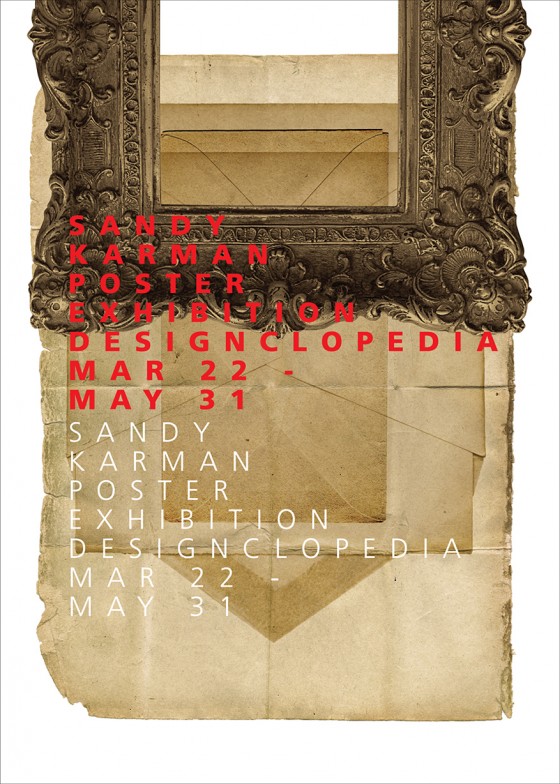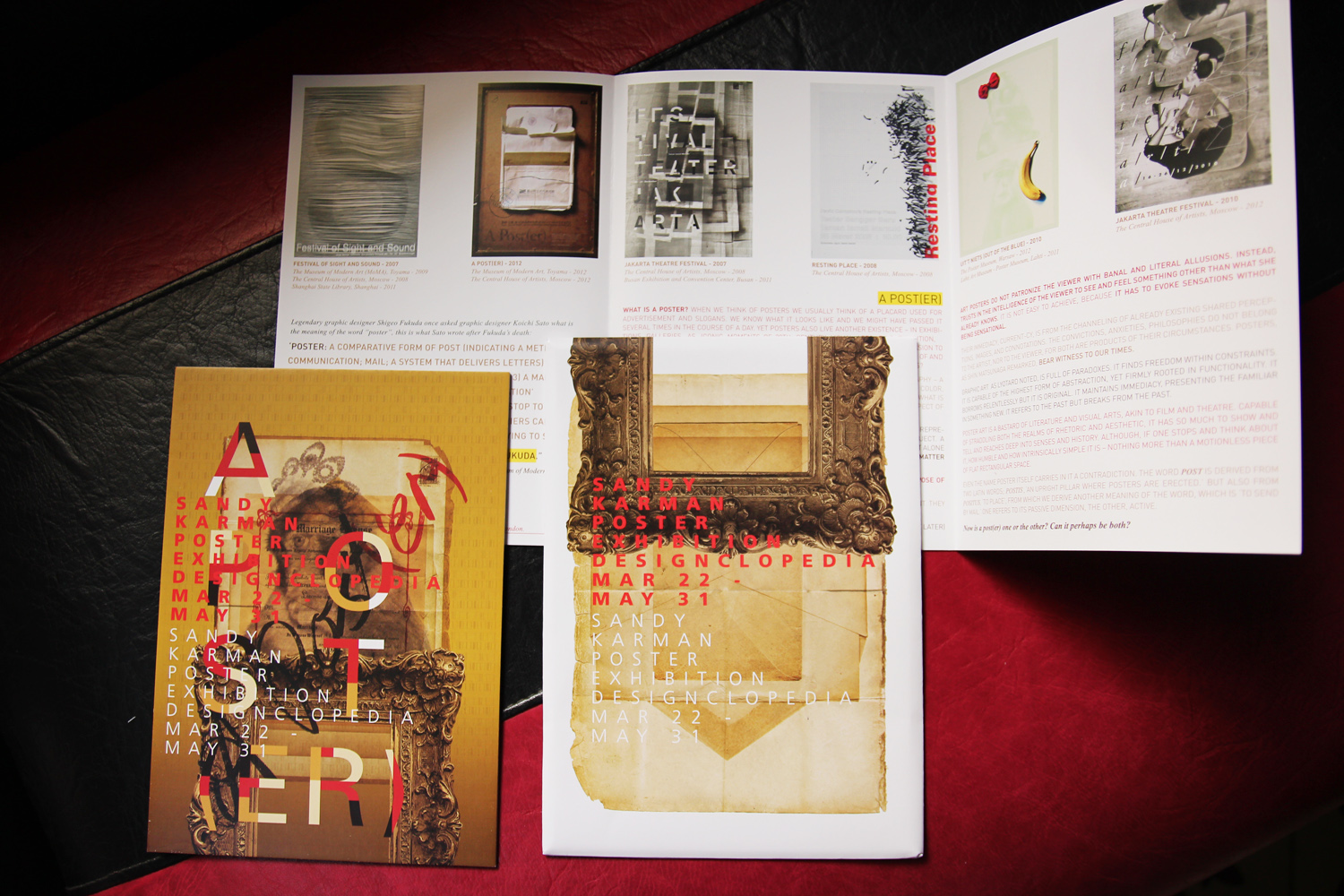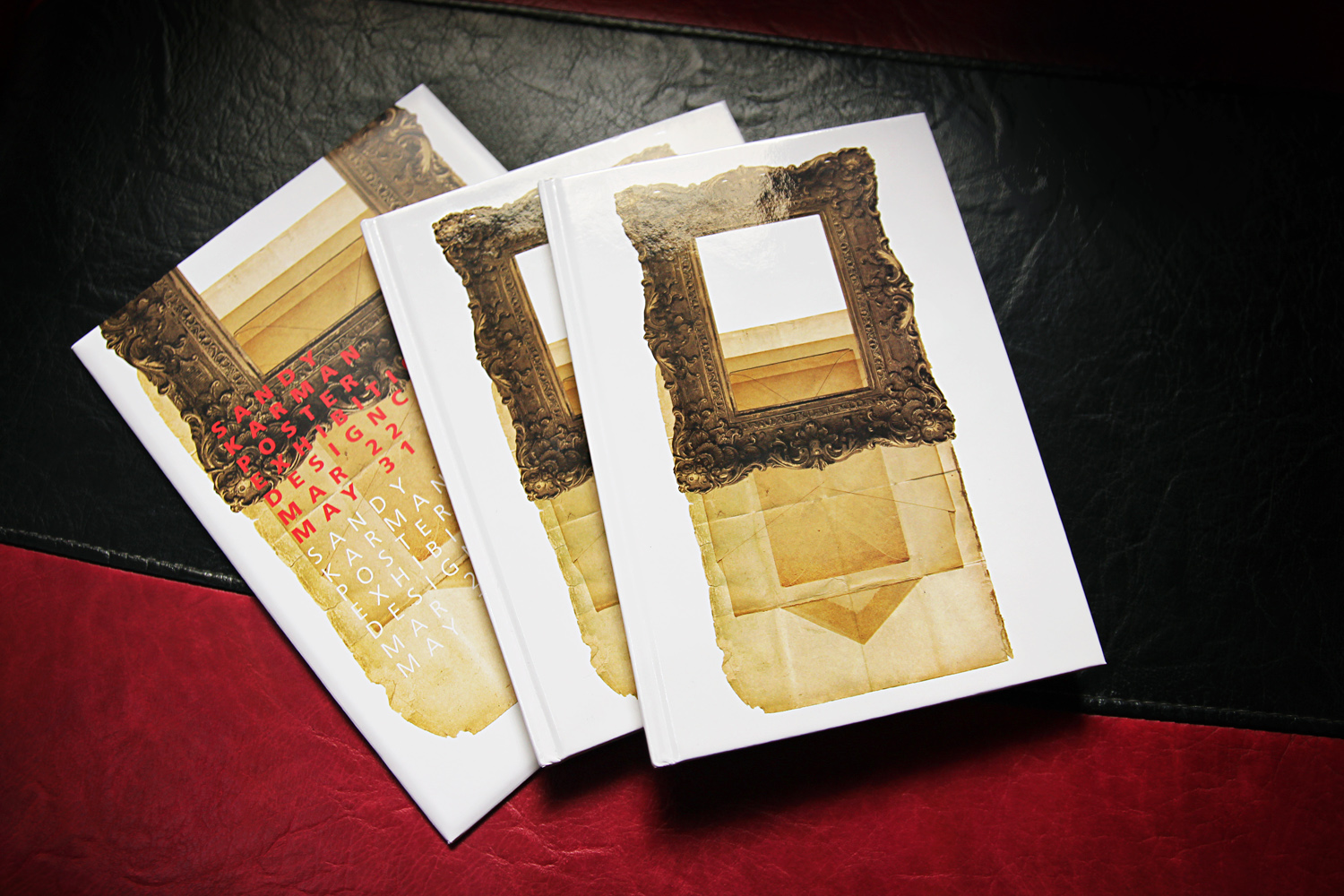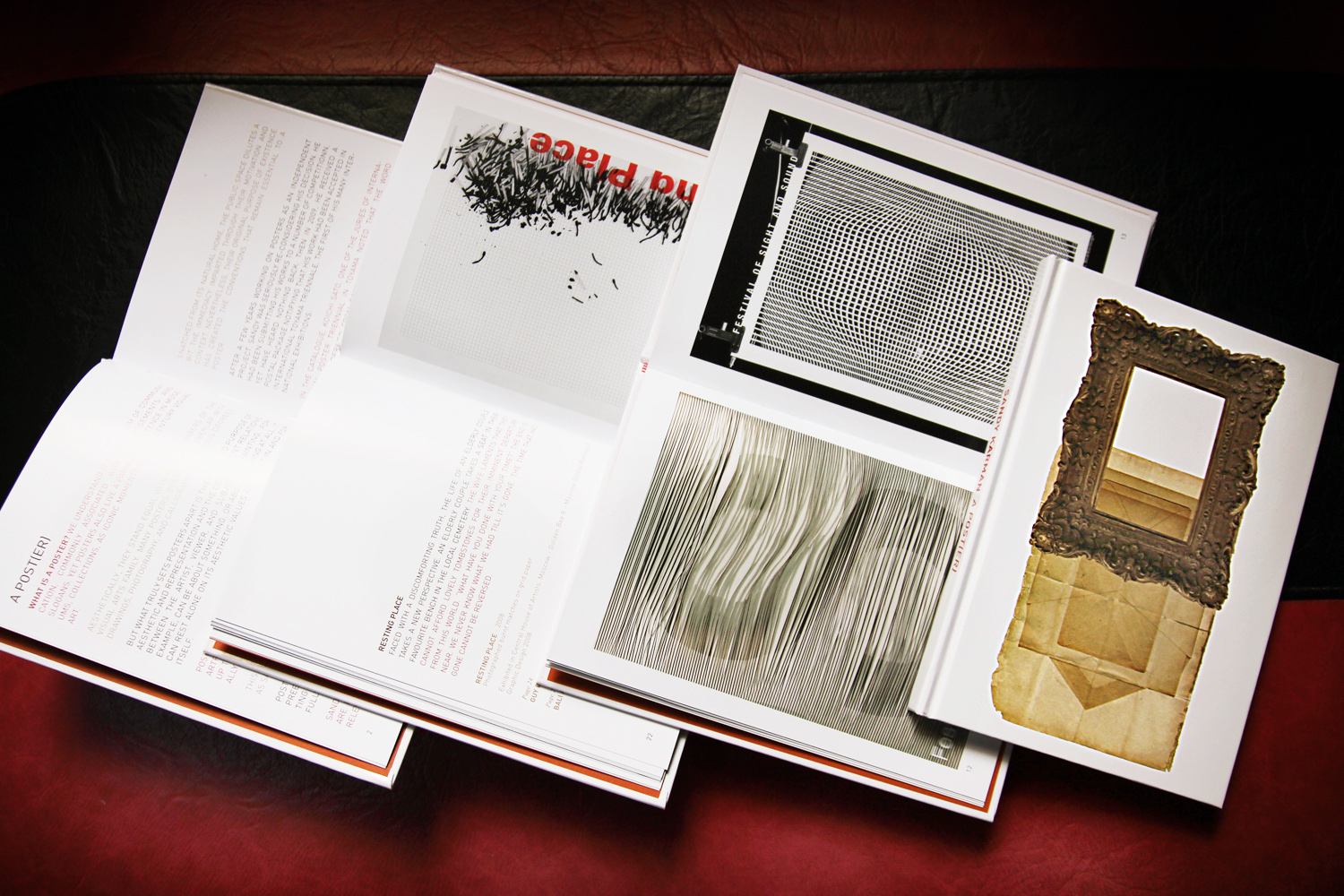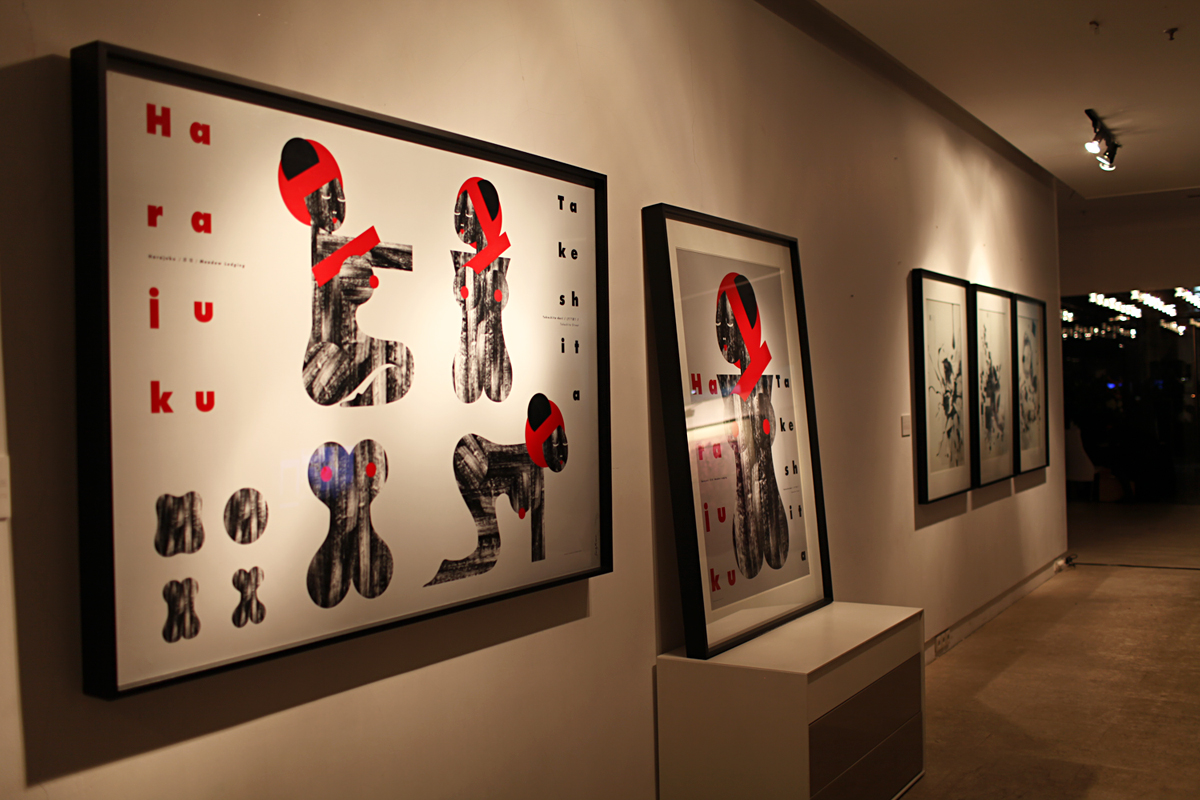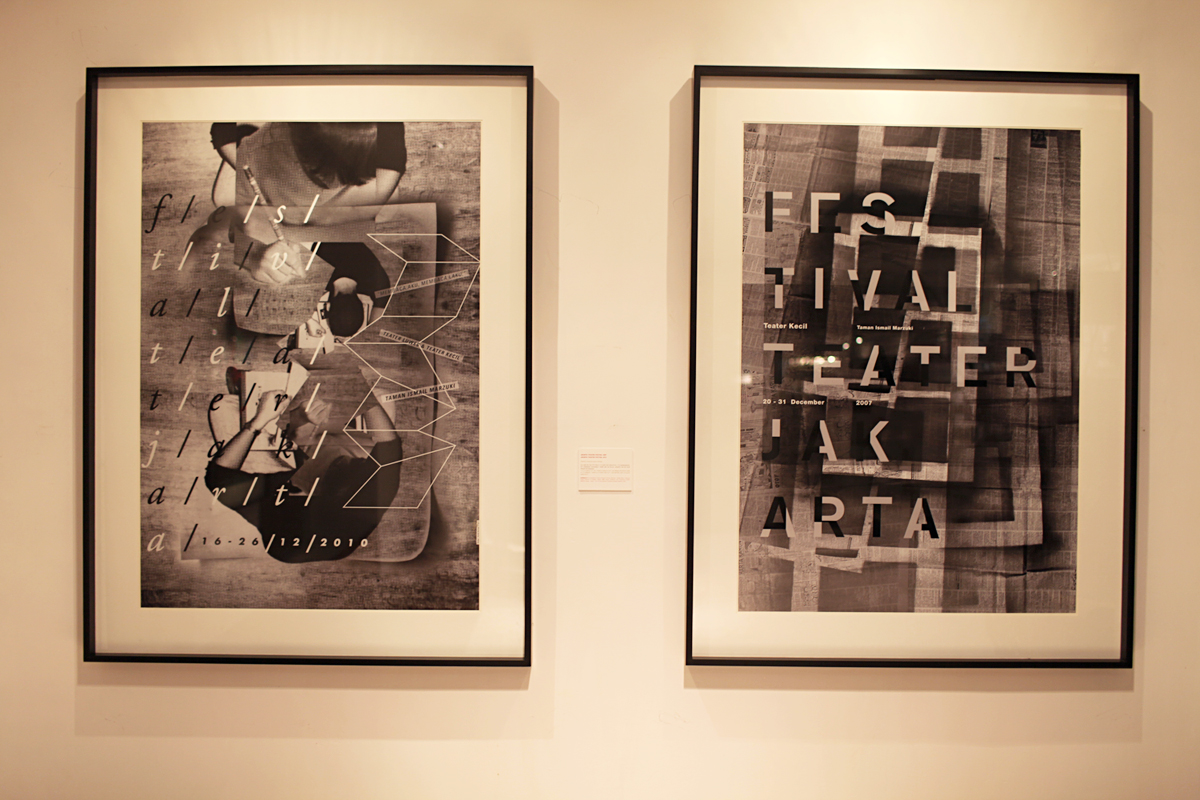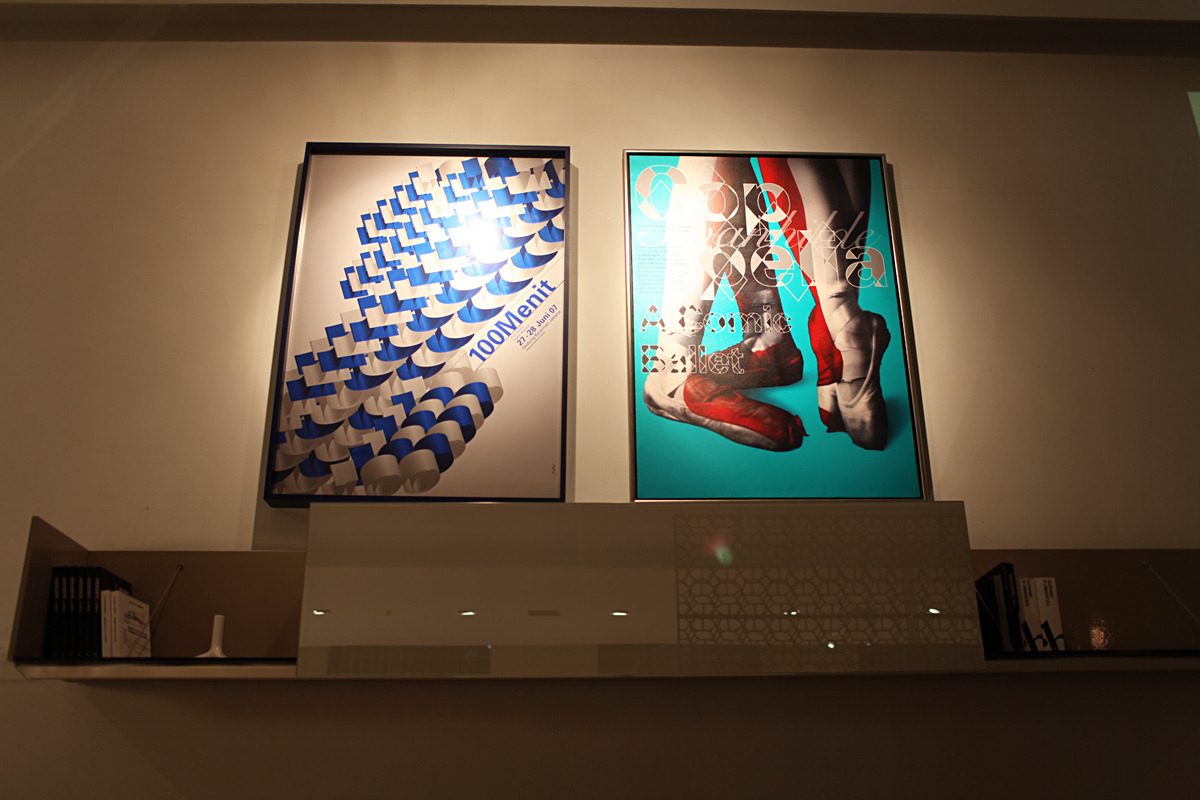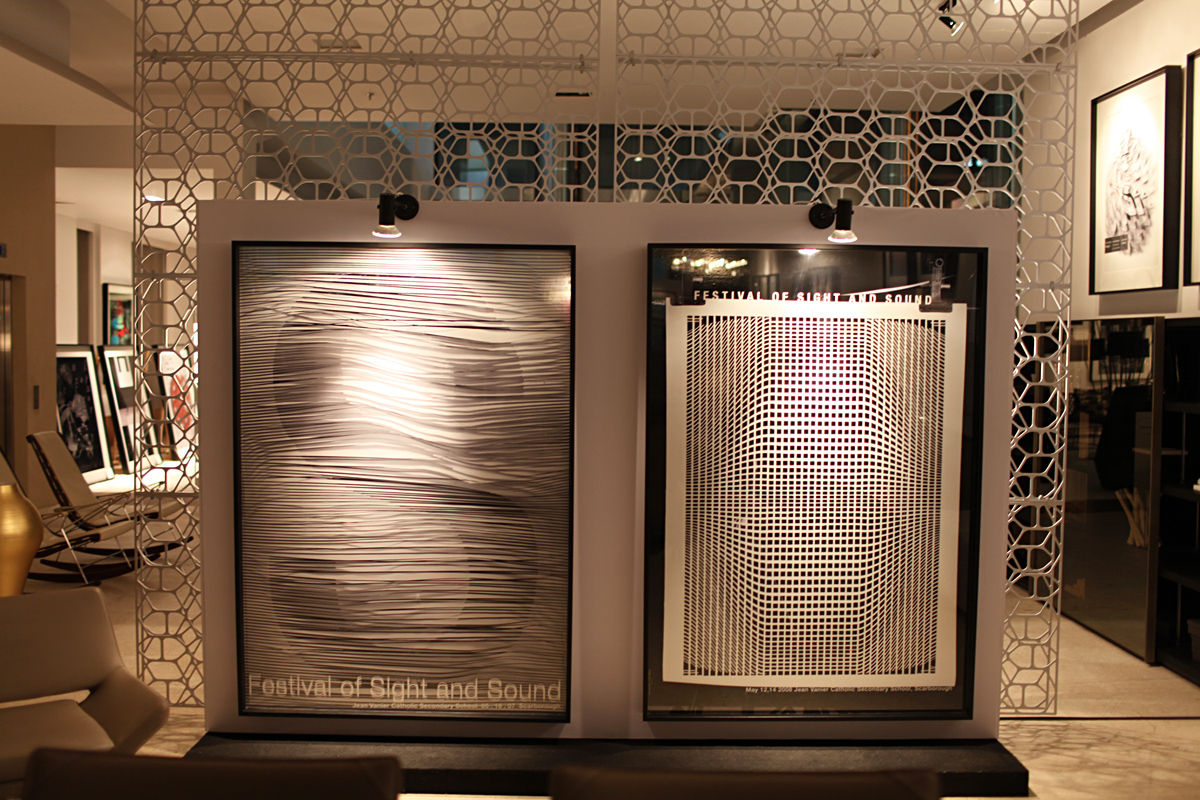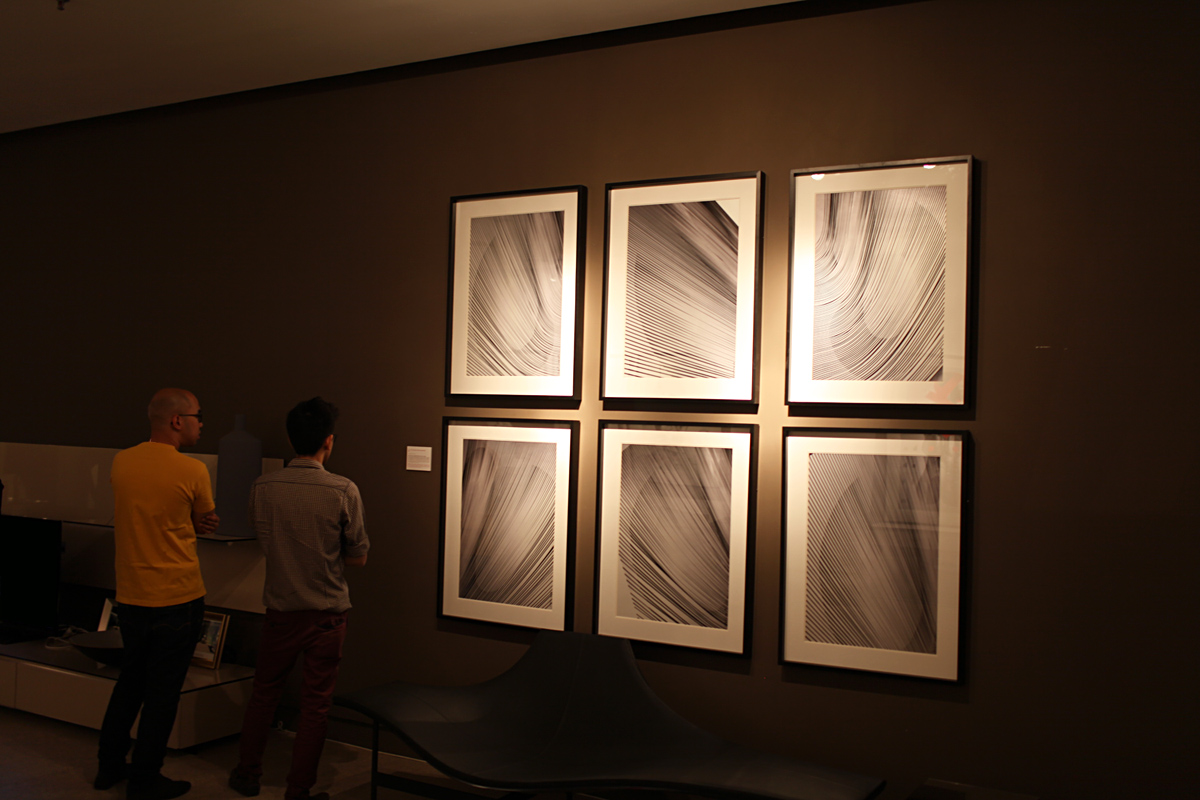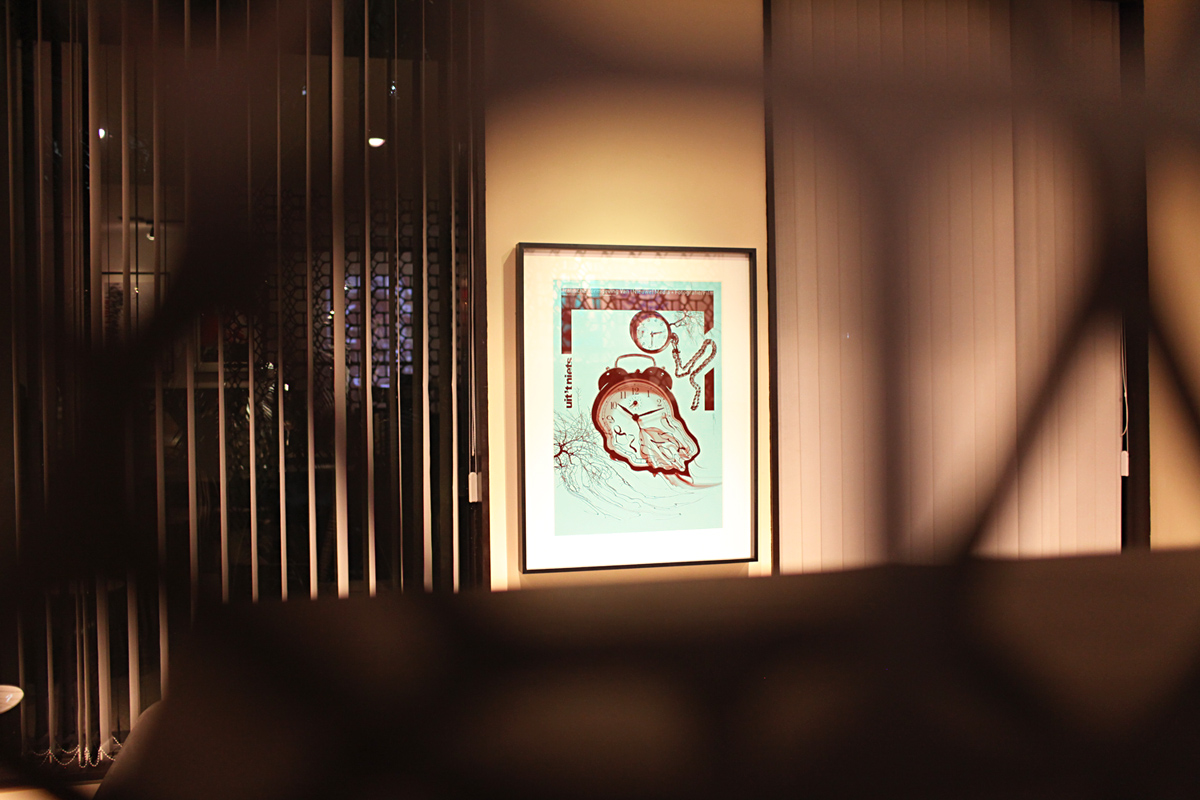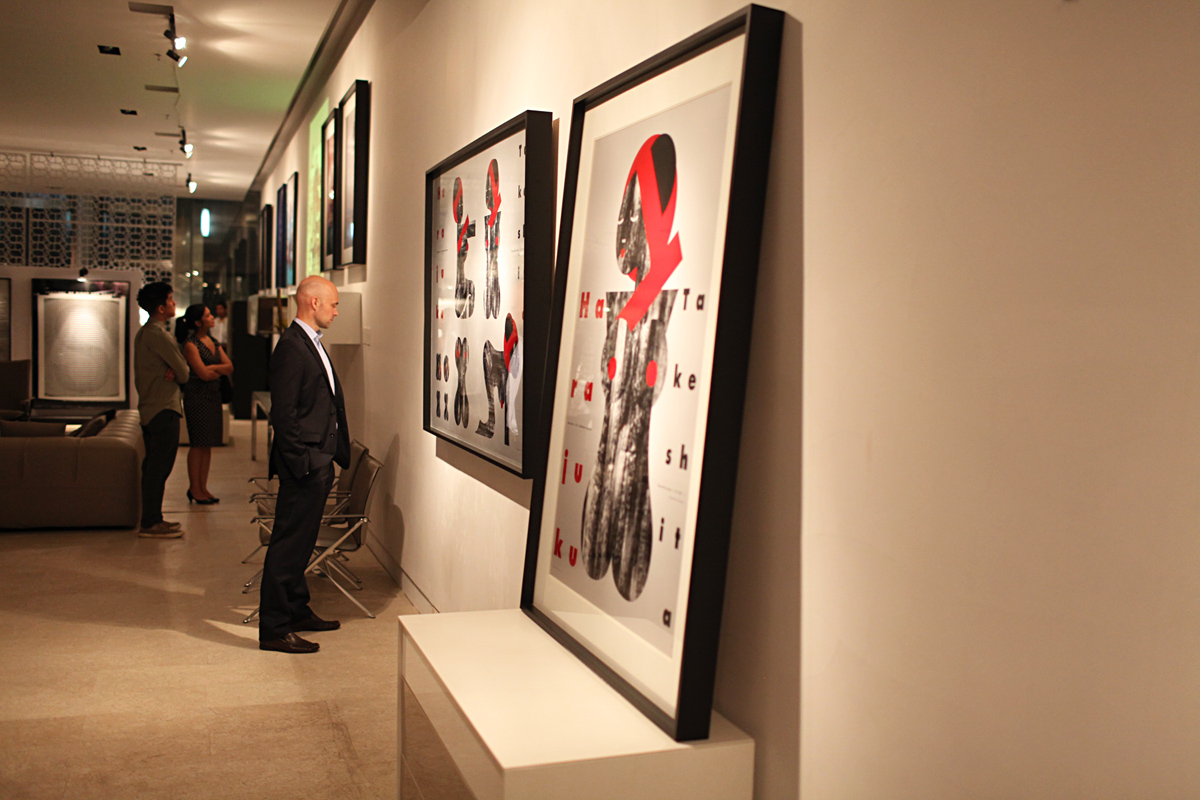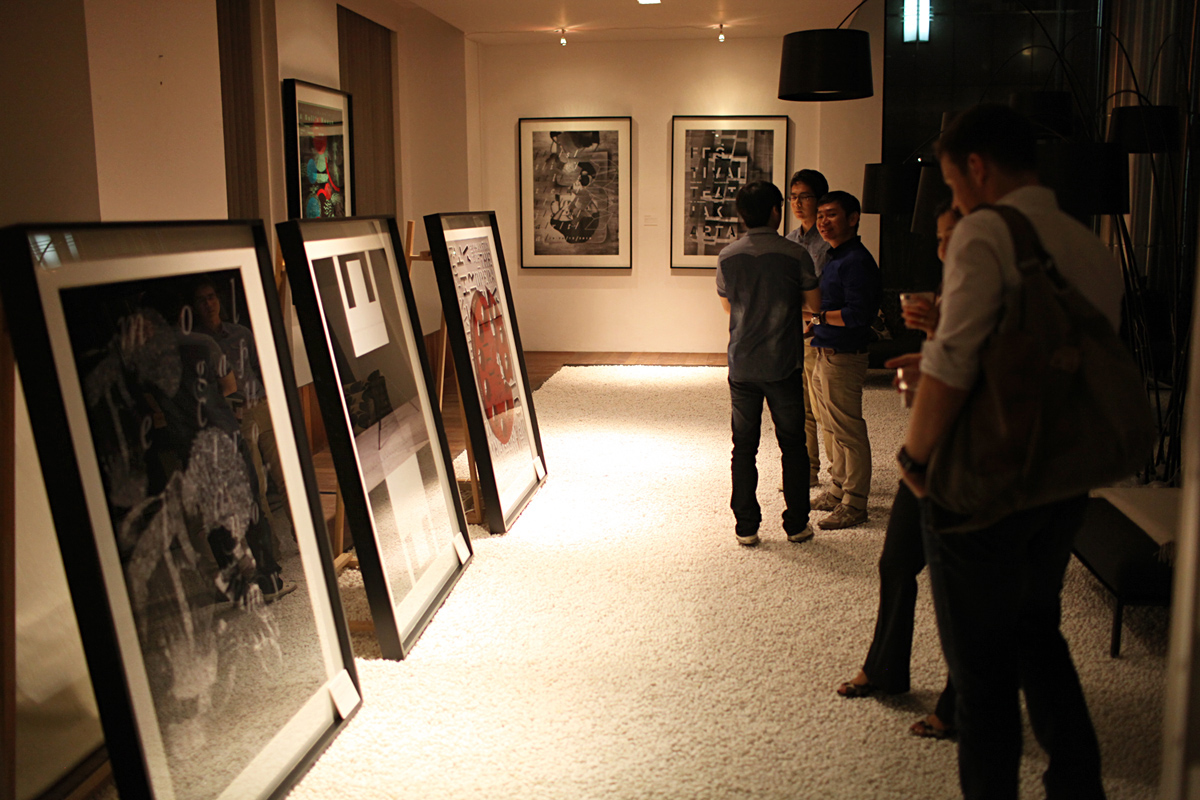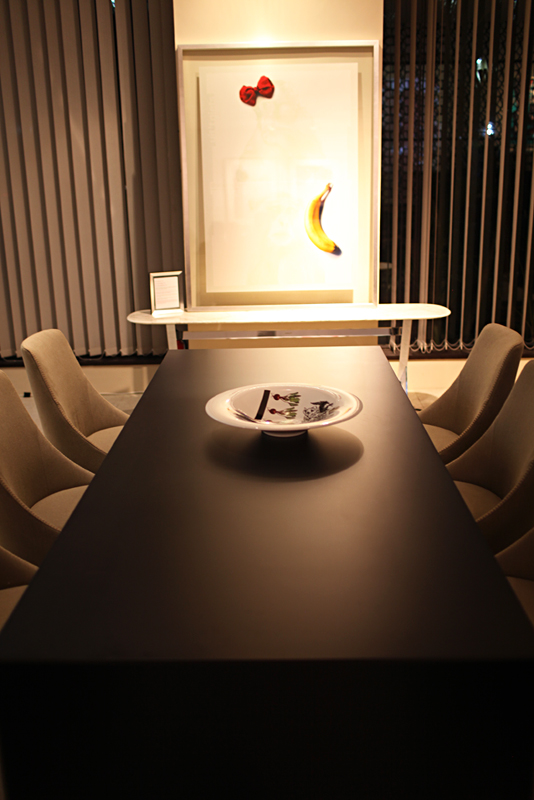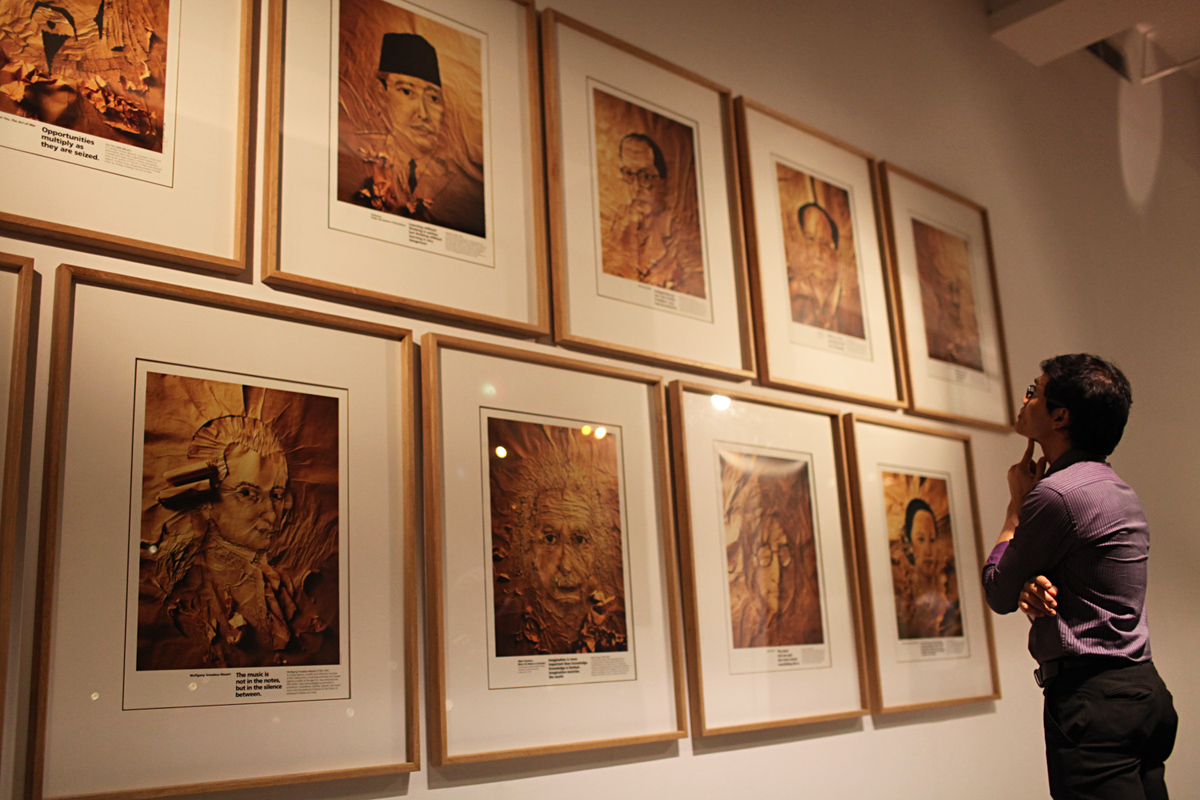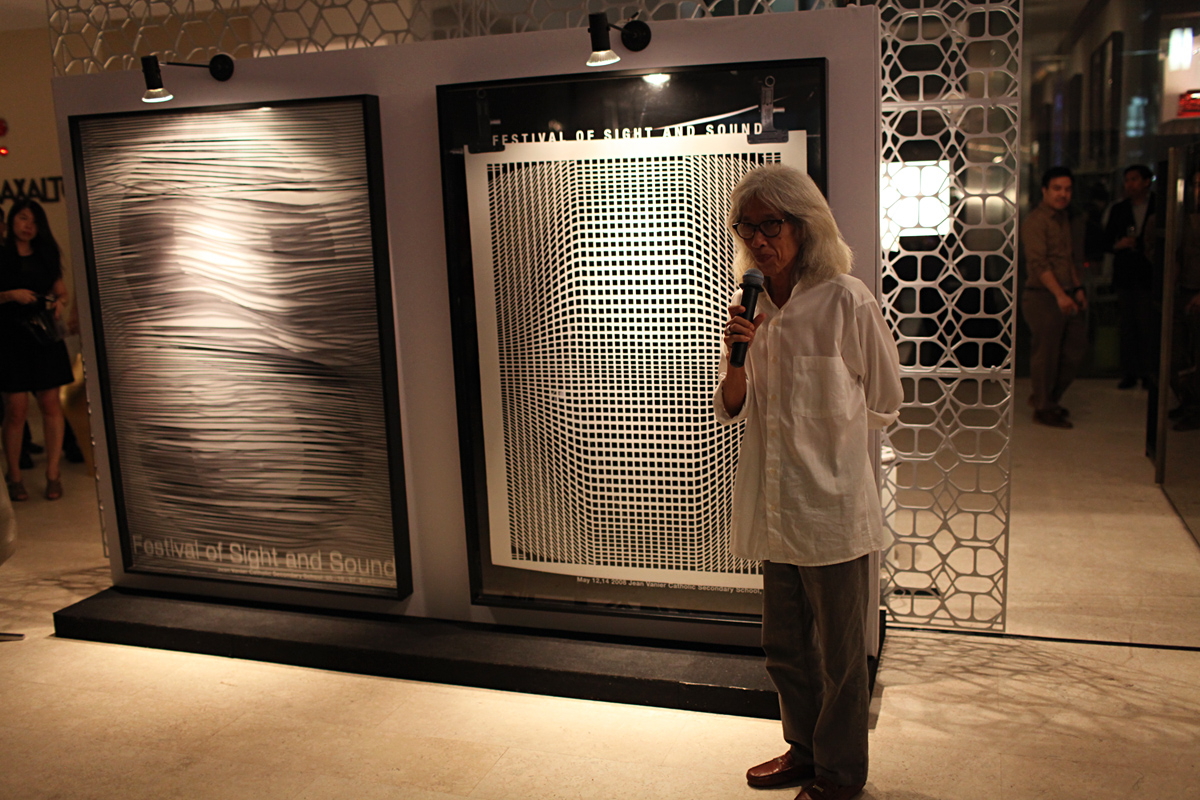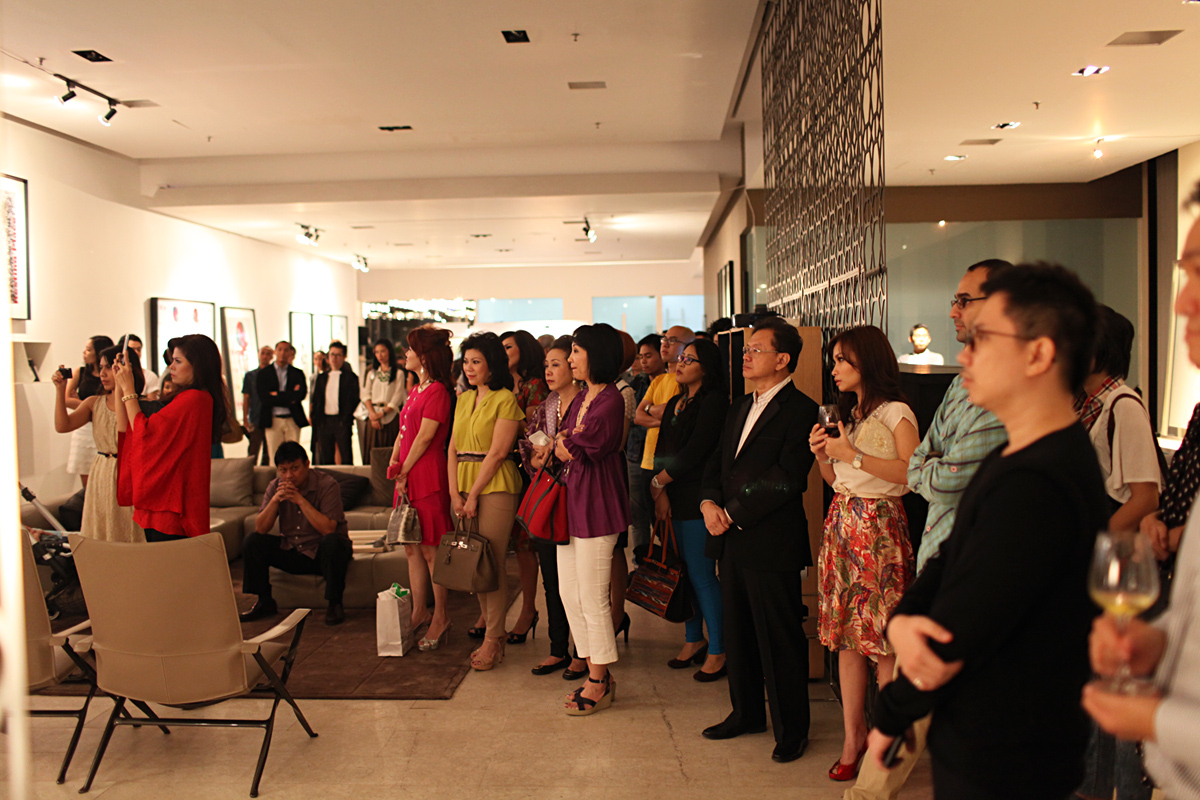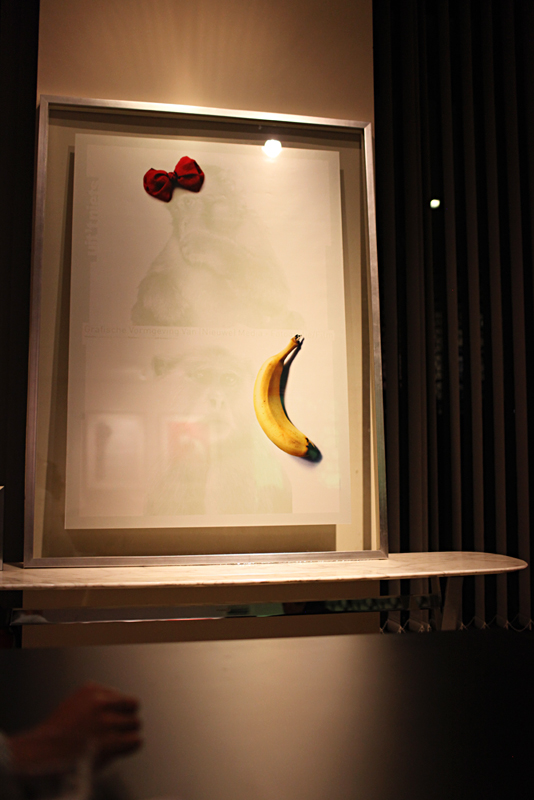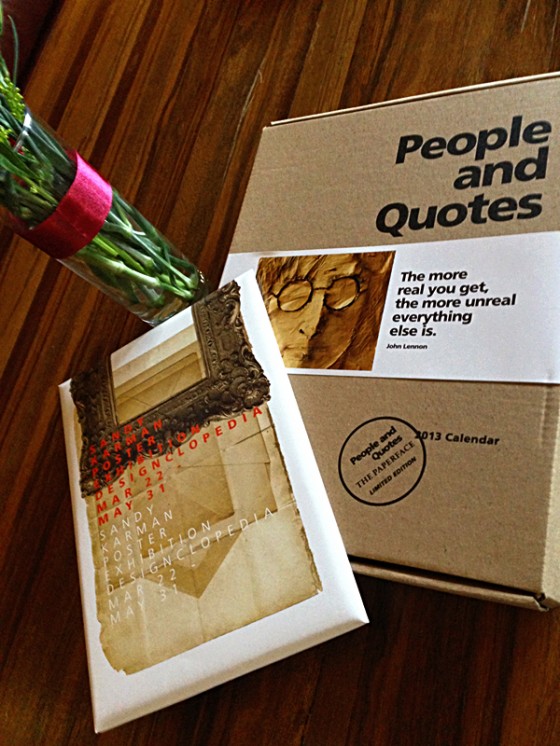A POST(ER)
What is a poster? When we think of posters we usually think of a placard used for advertisement and slogans. We know what it looks like and we might have passed it several times in the course of a day. Yet posters also live another existence – in exhibitions, galleries. as iconic moments of 20th century visual arts. This exhibition, of arguably the first artist dedicated to poster art in Indonesia, is also an occasion to aaddress a rather broad, but nonetheless fundamental question: What is the art, of and in a poster? What does it do? How does it compel, what are its special ingredients?
Like other member of the visual arts family – paintings, drawings or photography – a poster can be appreciated through its aesthetic criteria. They utilise light, line, colour and spatial composition to become beautiful and pleasurable to gaze upon. It is what is often the most striking and remarkable about posters, however it is but one aspect of its appreciation.
But what truly sets posters apart is the role and purpose of aesthetic and representation and the consequent relations between the artist, viewer, and subject. A painting, for example, can be about something, or about nothing at all. It can rest alone on its aesthetic values and exists in and for itself. Posters, on the other hand, no matter how beautiful and artful, are always about and for something else.
Their motivations and context might change. Nevertheless, their original purpose of existence has created the conventions that remain essential to a poster.
A poster is present – imparting a sense of involvement, of urgency and excitement. they are very much here, now, in this very moment.
A poster has to possess intrigue and eloquence (artistic contemplation can come later) to resound with the viewer and to appeal with ideas, conscious or subconscious.
Art posters do not patronize the viewer with banal and literal allusions. Instead, trusts in the intelligence of the viewer to see and feel something other than what he/she already knows. It is not easy to achieve, because it has to evoke sensations without being sensational.
Their immediacy, current-cy, is from the channeling of already existing shared perceptions, images, and connotations. the convictions, anxieties, philosophies do not belong to the artist, nor the viewer, for both are products of their circumstances. Posters, as Shin Matsunaga remarked, bear witness to our times.
Graphic art as Lyotard noted, is full of paradoxes. It finds freedom within constraints. It is capable of the highest form of abstraction, yet firmly rooted in functionality. It borrows relentlessly but it is original. It maintains immediacy, presenting the familiar in something new. It refers to the past but breaks from the past.
Poster art is a bastard of literature and visual arts, akin to film and theatre. Capable of straddling both the realms of rhetoric and aesthetic, it has so much to show and tell and reaches deep into senses and history. Although, if one stops and thinks about it, how humble and how intrinsically simple it is – nothing more than a motionless piece of flat rectangular space.
Even the name poster itself carries in it a contradiction. The word post is derived from two latin words; postis, ‘an upright pillar where posters are erected.’ But also from positus, ‘to place,’ from which we derive another meaning of the word, which is ‘to send by mail.’ One refers to its passive dimension, the other, active.
Now is a post(er) one or the other? Can it perhaps be both?
Or as Koichi Sato once said “‘Our posters are letters,’ regards Shigeo Fukuda”
Tia Chandra
Critical Cultural Studies
SOAS, University of London
Pameran ‘A Post(er) Sandy Karman Exhibition’ berlangsung dari tanggal:
22 Maret hingga 31 Mei 2013
Bertempat di:
Designclopedia
Jl. MH Thamrin Kav. 3 (seberang Sari Pan Pacific Hotel) Jakarta Pusat
Lantai 1 dan 2
Senin – Sabtu
10.00 – 19.00 WIB
Minggu dan hari libur tutup
Catatan: Layout penempatan poster-poster bisa berubah (tidak sama seperti dalam dokumentasi) tergantung Designclopedia sebagai showroom yang memiliki mobilitas pergantian furnitur.
BROSUR PAMERAN
KATALOG KARYA-KARYA SANDY KARMAN
SUASANA PEMBUKAAN PAMERAN (dibuka oleh Yongky Safanayong)
The PaperFace: ‘People and Quotes’ Poster Series and Calendar dan katalog karya-karya Sandy Karman
Quoted
Sekolah membuat desainer menjadi pintar, bekerja membuat desainer menjadi paham, pengalaman panjang membuat desainer menjadi arif


